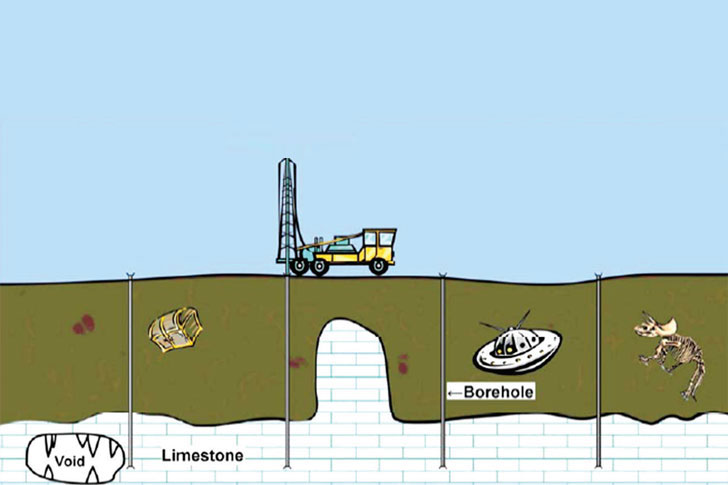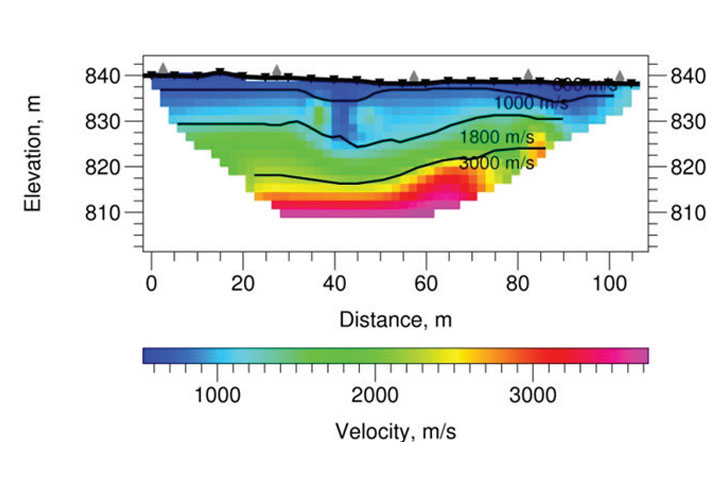In developing countries where the rate of constructing new bridges is comparatively higher, it is essential to adopt feasible yet high-level site exploration techniques. Moreover, the technique used in the construction of a bridge plays a vital role in deciding the cost-effectiveness and design optimisation of the entire project.
Among many techniques, Engineering geophysics is recommended the most because of its effective functional techniques. When geophysics is applied as a solution to geotechnical engineering challenges, it is termed Engineering geophysics. It helps in subsurface characterization and determines bedrock depth, rock type, layer boundaries, water table, groundwater flow, locating fractures, weak zones to name a few. Additionally, it detects Engineering properties of Earth materials like stiffness, density, electrical resistivity and many more. Its application not only proved to be an efficient means of the subsurface investigation but also helped in minimizing the involvement of the conventional direct invasive exploration methods. The cutting-edge geophysical site investigation technique is economical and expeditive in providing reliable insights of the underground over a large area, contributing to substantial geotechnical studies and aids in accelerated development of the construction projects.

Constructional Challenges and Solutions
Before we discuss why Engineering geophysics is a better approach, let’s shed some light on the challenges that created the need for the same. The conventional direct
invasive exploration methods cannot detect isolated geologic structures and also requires more boreholes. More challenges with drilling methodology are accessibility, cost and time invested in providing information regarding
the subsurface. However, with the introduction of geophysical site investigation technique, the challenges are said to be resolved efficiently.
With the help of the geophysical survey, it is now possible to select borehole locations and provide reliable information regarding the nature & variability of the subsurface rapidly & economically. Moreover, this technique has increased accessibility since geophysical equipment can be deployed beneath bridges and power lines, in forests, in urban areas, on steep slopes, marshy terrain, on pavements and in other areas which were not easily accessible to drill rigs. Apart from these amazing advantages, there are many others too. They are – lightweight instruments are used in this technique, ensuring the operator’s safety too. The geophysical surveys reduce the number of required boreholes. It is not a substitute for boring and direct physical testing; however, aids in cost-effective drilling.

#Better Building Practices
The innovative and non-destructive geophysical methods ensure effective site investigation and best results post-construction. Below are some key building practices that you might
find helpful